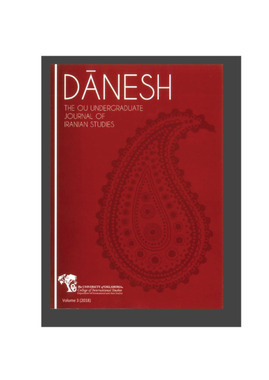| dc.description.abstract | It is arguable that no other religion has had more direct and indirect influence on humankind than that of the ancient Zoroastrian faith. This religion, which was the firstborn of the revealed world-religions, existed long before it entered recorded history and has ancient, roots in the Bronze Age, reaching as far back as 1500 B.C.E. According to some ancient Greek sources, it could have even originated several thousand years before that. Zoroastrianism has had a large impact on Judaism, Christianity, and Islam, as well as some influence on Buddhism and Gnostic traditions. It even held the status of state religion for three prestigious Iranian empires, spanning well over a millennium. Yet today, many people in the West have never heard of Zoroastrianism. Pockets of Zoroastrians remain in India and Iran, along with even smaller communities sprinkled across the world, but the total number of Zoroastrians left on Earth is estimated to be fewer than 120,000. James Darmesteter has said of the faith: "There has been no other great belief in the world that ever left such poor and meager monuments of its past splendor." Indeed, the primary religion now associated with Zoroastrian's homeland of Persia is Islam, particularly Shi'ism. How did this happen? If Zoroastrianism was already so old and entrenched by the time the Arabs invaded Persia, why did it fade away over the next few centuries while Islam grew and other minority religions endured? This paper will address these questions and more by taking a look at the Zoroastrians from the 8th through the 11th centuries, their relations with the Muslims of that time, how they reacted to Muslim rule, and what factors may have led them to convert, flee, or die fighting for their ancestral religion. | |
